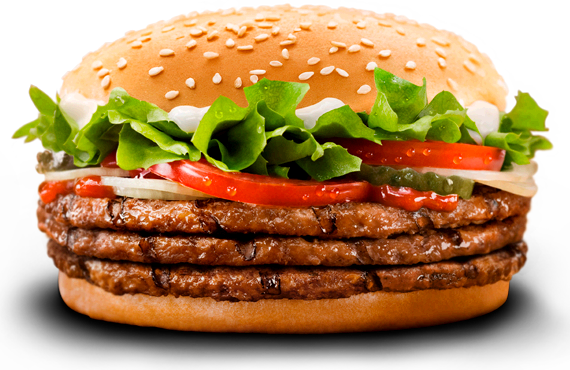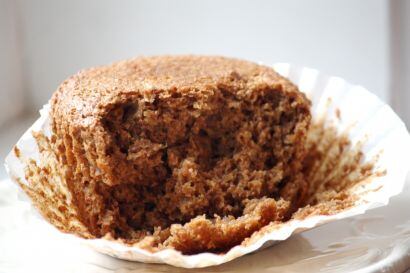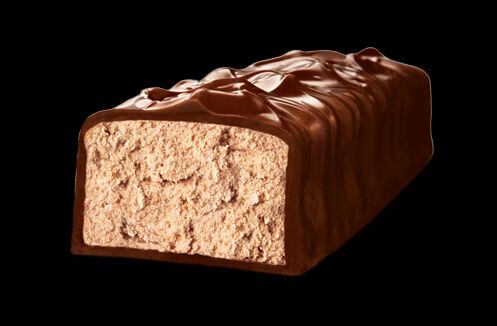Dr Lisa Young, PhD, RD, who teaches nutrition at New York University and has conducted extensive research on the contribution of expanding portion sizes to the US obesity epidemic, said US consumers have been conditioned over several decades to equate bigger portions with better value.
The only way to convince them to down-size is to actively incentivize them to do so by charging proportionately less for smaller servings, or getting rid of the “jumbo options” altogether, she told FoodNavigator-USA.
If the 16oz option is the only option, and you can’t buy a 32oz or a 64oz, you’ll buy the 16oz, whatever it costs

Of course, manufacturers almost never charge half-price for a half-portion because their costs are not halved just because the portions are (ingredient costs will be lower, but other overheads remain the same).
However, if the smaller portion is the only option, you can charge a little more, as shoppers have nothing to compare it with, she said.
“It’s going to be fascinating to see what happens with Mayor Bloomberg’s ban on sodas larger than 16oz in New York City, as if the 16oz option is the only option, and you can’t buy a 32oz or a 64oz, you’ll buy the 16oz, whatever it costs, within reason.”
What happens in NYC is going to be very important as it will set a precedent
While we’ve all mindlessly munched our way through a family-sized pack of chips or a tub of Ben & Jerry’s while watching TV, it is generally easier to control portion sizes when eating at home than when eating out, where we have come to expect enormous portions, said Young.
“I think what happens in NYC is going to be very important as it will set a precedent. But I think the only way to get consumers to buy smaller sizes is if the bigger ones disappear.
“Portion size is the major contributor to obesity in this country. People are eating out more and they are eating huge portions, but they are not eating apples and broccoli.”
Is there a case for increasing serving sizes on packaged foods?

But what about serving sizes in retail packaged goods, which the FDA is currently looking at as part of a review of the information contained in the Nutrition Facts panel?
While unrealistically small serving sizes can make unhealthy products appear in a more favorable light, simply making serving sizes bigger to reflect what people typically eat is not without its own risks, however, cautioned Young.
“Current serving sizes were based on what people reported eating decades ago, and we all know that what people say they eat and what they actually eat are two different things, so it makes sense to look at them again.
“However, if you make the serving sizes too large to reflect what many people are actually likely to eat [who eats half a muffin washed down with half a can of energy drink?] the risk is that people will think the government is telling me that I can eat more.”
Consumers are notoriously bad at estimating serving sizes
On the other hand, one thing we do know from research is that while consumers don’t pay much attention to accurately dishing out servings, they do pay attention to how many calories are in a serving, said Young, in which case making serving sizes a bit larger may be a good thing.
For example, if the serving size of cereal X is 30g and contains 150 calories, consumers will frequently pour out 50g, but still believe they have consumed just 150 calories (when they have in fact wolfed down 250 calories).
If the serving size was increased to 50g, and the calories per serving adjusted accordingly, people might come up with more accurate assessments of how many calories they are actually consuming over the course of a day, she pointed out.
Half of these products don’t even have re-sealable packaging

But what about other approaches to portion control such as 100 calorie packs?
Not the answer, says Dr Young, as “people think they are diet food”.
Or how about big packs featuring wording such as ‘great for sharing’ or ‘have one now, save one for later’. Disingenuous nonsense, she says. How many people realistically are going to have half of that two-pack of 3 Musketeers and save the rest for later? Or drink half a can of Monster Energy?
“Half of these products don’t even have resealable packaging”, said Dr Young.
While they do generate more packaging, evidence does show that individually portioned products within large packs are a better means of portion control, however, she added.
“You’re less likely to open four individual packs than you are to open one large pack and eat its entire contents.”
Click here to read our recent interview on portion control with Prof Jim Painter of Eastern Illinois University.
